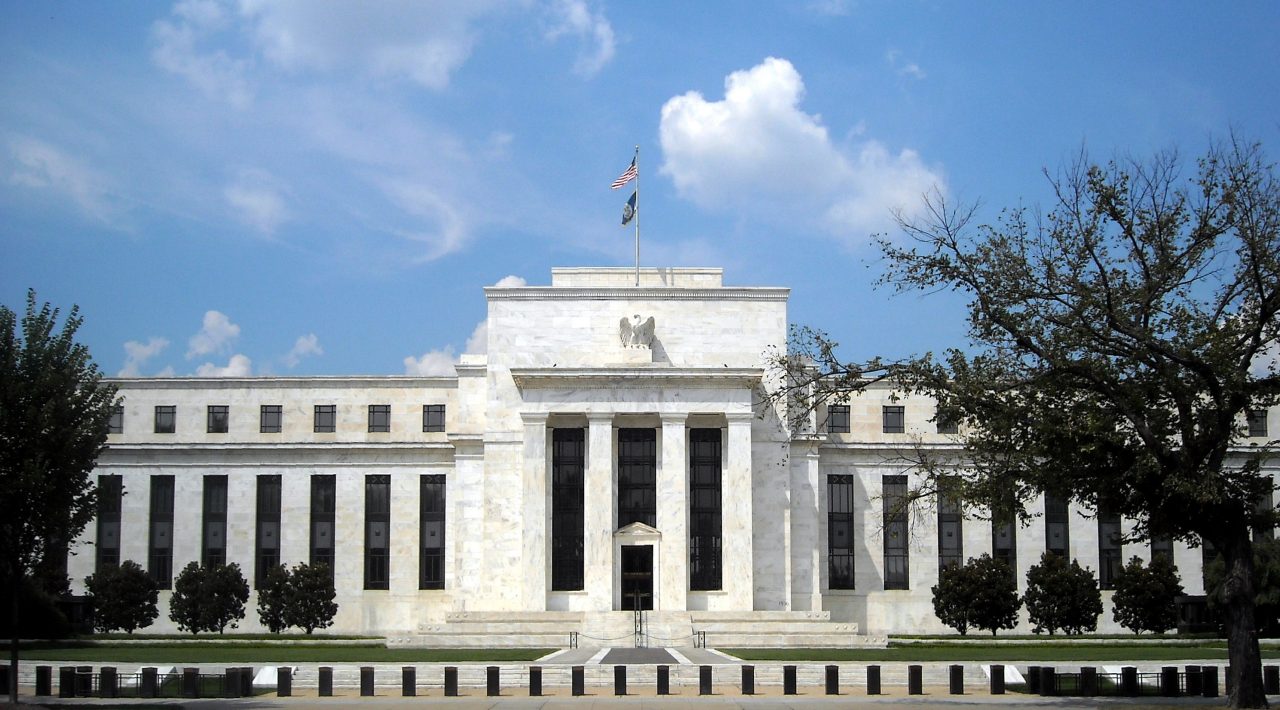Endgame for Rate Hikes
February 3, 2022

Jim Palmer, CFA, Chief Investment Officer
At first glance, the Federal Open Market Committee (Fed/FOMC) checked all the boxes confirming their hawkish intentions coming out of the February meeting. Judging by the enthusiastic post-meeting rally, financial markets were not buying it.
On Wednesday, the FOMC met market expectations and slowed the pace of rate hikes to 25 basis points (bps). More importantly, the FOMC noted in their accompanying statement, “The Committee anticipates that ongoing increases in the target range will be appropriate.” Increases implies more than one additional rate hike to come, meaning the FOMC anticipates reaching its 5.00% to 5.25% federal funds target range forecast. Given how much scrutiny is placed on every nuance and change to FOMC statements, this was a deliberate signal the Fed is not done raising rates.
So far so good, sounds like the company line to me.
It was Chairman Powell’s press conference that muddied the waters. For the most part, the Chairman reinforced the Fed’s key talking points, noting that “inflation remains well above our longer-run goal” and bringing it down will likely require a "restrictive stance for some time.” But there seemed to be less stridency in Powell’s views on the inflation versus growth trade-off, and the Chairman did little to argue against the market’s view of an early pause and pivot toward rate cuts later this year. Investors sensed a shift and markets soared as the press conference went on.
Prior to the February 1 meeting, the Fed nurtured the impression that if the choice came down to fighting inflation or avoiding a recession, the Fed would fall squarely on taming prices. Now, I’m not so sure. There are two employment and inflation data sets coming out before the March 22 meeting. There will probably be a little something for both hawks and doves in those numbers, but the market thinks the Fed has adjusted its bias toward looking for reasons to stop raising rates. It will be interesting to see if Fed officials or the Chairman himself push back on that view.
Regardless, we are in the endgame for rate hikes. And really, after 450 bps of tightening, the choice between another 25 or 50 bps isn’t a big deal. The more important question is how long rates stay at their peak. Navigating the divergence between the easing of financial conditions and the Fed’s stated commitment to restrictive policies will be critical for fixed income investors in 2023.
Our views on the key points coming out of the February 1 Fed meeting and Chairman Powell’s press conference:
- With a 12-0 vote, the federal funds target range was raised 25 bps to 4.50% to 4.75%. .
- The overnight reverse repo rate was raised to 4.55% and the per-counterparty cap remains at $160 billion.
- The pace of balance sheet reduction remains at the $95 billion monthly cap.
- This FOMC did not release a new Dot Plot forecast this meeting. The median forecast for the previous meeting in December was a federal funds target range of 5.00% to 5.25% by the end of 2023 with seven of nineteen voting members expected a terminal rate of 5.40% or higher in 2023.
- Post-meeting federal funds futures placed the probability of a 25 bps rate hike in March at 82% and only a 20% chance of an additional 25 bps rate hike by June. Futures are pricing in at least 75 bps in post-peak rate cuts by January 31, 2024.
- USBAM expects a 25 bps rate hike at the March 22 meeting.
Sources
Bloomberg Unemployment Rate, FOMC Dot Plot and CPI Index
FOMC Press Release, February 1, 2022
Transcript of Chair Powell's Press Conference Opening Statement, February 1, 2023